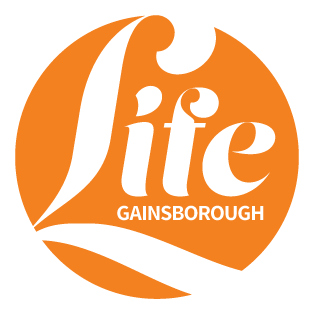Many will recall the beloved story by Kenneth Grahame, Wind in the Willows, featuring the character ‘Ratty’. Despite his name, Ratty was not a rat but a water vole. When the book was written, water voles (Arvicola amphibius) were a common sight along British rivers and streams. Sadly, they are now Britain’s fastest-declining mammal species and are extinct in many areas.
At first glance, water voles resemble common rats, but they have distinct differences. Water voles are brown, compact, and have small, fur-covered ears, a short, rounded nose, and a furry tail. In contrast, common rats are larger, have greyish-brown fur, pointed noses, furless ears, and a long, furless tail. Water voles swim in straight lines, whereas rats have a wiggling motion.
Two main factors have contributed to the decline of water voles:
- Habitat loss: Water voles rely on watercourses—rivers, streams, and becks. Habitat destruction occurs due to neglect, over-management, and canal-side modifications like steel sheeting, which prevent voles from burrowing.
- American mink predation: Escaped and released mink, initially bred for the fur trade, have no natural predators in Britain and have decimated water vole populations. Mink hunt water voles efficiently, even invading their riverbank burrows.
In recent years, wildlife trusts in Norfolk and Suffolk successfully eradicated locally breeding mink, making East Anglia a haven for water voles once more. Inspired by this, Nottinghamshire Wildlife Trust launched a mink eradication programme along the River Idle in October 2023. Traps equipped with electronic alerts help the team capture mink swiftly. Occasionally, water voles have been found alive in areas thought to be devoid of them.
In 2024, the Trust reintroduced 115 water voles into the Idle Valley Nature Reserve, particularly within the Beaver Colony compound. Beavers have transformed the habitat, creating an ideal environment for water voles. Project Officer Jack Scarborough highlighted this symbiosis during a 2024 talk for the Nottinghamshire Environmental Association.
With funding from the Environment Agency and Severn Trent Water, mink eradication efforts are expanding to other watercourses, including the Poulter, Meden, Maun, Bevercoates Beck, River Ryton, and River Erewash. The ambition is a mink-free Nottinghamshire countryside, complemented by habitat restoration and new pond creation.
Welcome back, Ratty—here’s to seeing water voles once again ‘messing about in boats’!
Indoor meetings for the Nottinghamshire Environmental Association are held at Hallcroft Community Centre, Randall Way, Retford, starting at 7.30pm (doors open at 7.10pm). Talks are followed by refreshments and a chance to socialise. Upcoming talks include:
- Tuesday 6th February: Capturing Motion, focusing on wildlife.
- Thursday 6th March: Waterways and Railways of Derbyshire.
For more information contact Paul Willcock (Chairman and Secretary) on paul@paulwillcock.com / 07581 531595, or Adrian Blackburn (Vice-Chairman and Treasurer) on adrian.blackburn@sky.com / 07718 766873.
New members are always welcome to join this friendly group. Non-members can attend talks for a fee of £3.50 per talk.

